In this article, we will explore how architectural photography plays a crucial role in documenting the contrast between new and old structures, and how it reveals the evolution of architectural styles over time.
Why Document the Contrast?
Understanding the differences between old and new architecture is essential to appreciate the progression and innovation within the field. Architectural photography acts as a bridge that connects the past and the present, allowing us to compare and contrast the two eras. By documenting the contrast, we gain insight into the historical context of a particular style and witness the evolution of architectural trends.
Key Takeaways:
- Architectural photography captures both the physical and historical aspects of a building.
- Comparing old and new structures helps us understand the evolution of architectural styles.
- Architectural photography serves as a bridge between the past and present.
Reflecting the Past
Older structures hold stories and memories within their walls. They represent a specific period in time, reflecting the architectural styles, cultural influences, and societal values of that era. By photographing these buildings, we can preserve their history and ensure that future generations appreciate and understand the significance of these structures. Architectural photography allows us to capture the intricate details, unique features, and the craftsmanship of these historic buildings, which may otherwise be forgotten.
Key Takeaways:
- Old buildings reflect the architectural styles and values of a specific era.
- Photographing old structures helps preserve their history.
- Architectural photography captures the intricate details and craftsmanship of historic buildings.
Documenting the Present
New structures, on the other hand, represent progress and innovation in architectural design. These buildings often incorporate the latest technologies, sustainable practices, and modern aesthetics. Architectural photography allows us to showcase the boldness, creativity, and functionality of these contemporary structures. By documenting new buildings, we capture their unique characteristics, materials, and forms, providing a snapshot of the current architectural landscape. It also highlights the current trends and priorities in the architectural industry, such as energy efficiency, sustainability, and accessibility.
Key Takeaways:
- New buildings represent progress and innovation in architectural design.
- Architectural photography showcases the creativity and functionality of contemporary structures.
- This form of photography captures current architectural trends and priorities.
The Dichotomy of Old and New
Architectural photography helps us understand the dichotomy between old and new structures. It enables us to witness the conversation between the past and the present, the preservation of history alongside the vision for the future. When capturing both old and new structures, photographers can emphasize the contrast in form, materials, and aesthetics, further accentuating the significance of each. This visual juxtaposition sparks discussions around architectural heritage, the impact of modernization, and the importance of honoring historic structures while embracing innovation.
Key Takeaways:
- Architectural photography highlights the contrast between old and new structures.
- It sparks discussions around architectural heritage and modernization.
- Photographers can emphasize the significance of each structure through visual juxtaposition.
Conclusion: A Lens into Architectural Progression
Architectural photography is not simply about capturing beautiful images; it is a means of storytelling and preservation. Through the lens of architectural photographers, we gain a deeper understanding of the evolution of architectural styles, the significance of historical structures, and the innovative designs of the present. By documenting the contrast between old and new, we appreciate the harmony between tradition and progress, and the constant dialogue between architects past and present. So, let us continue to explore, document, and reflect on architecture through the art of photography.

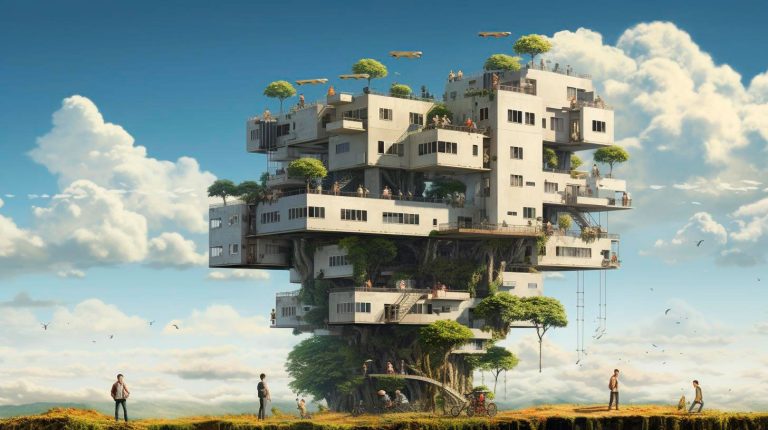
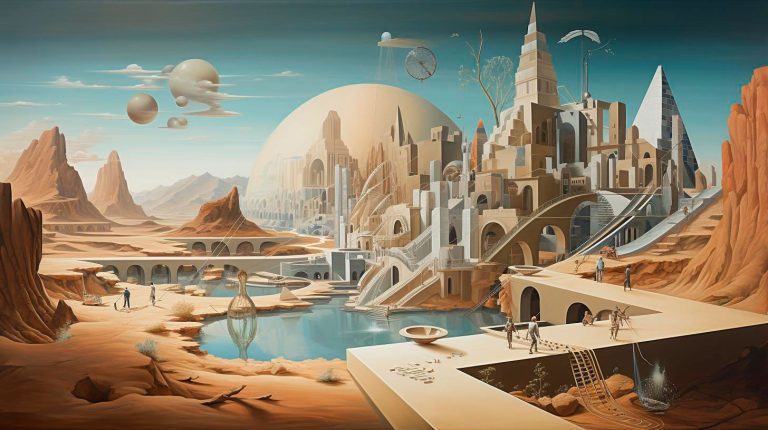
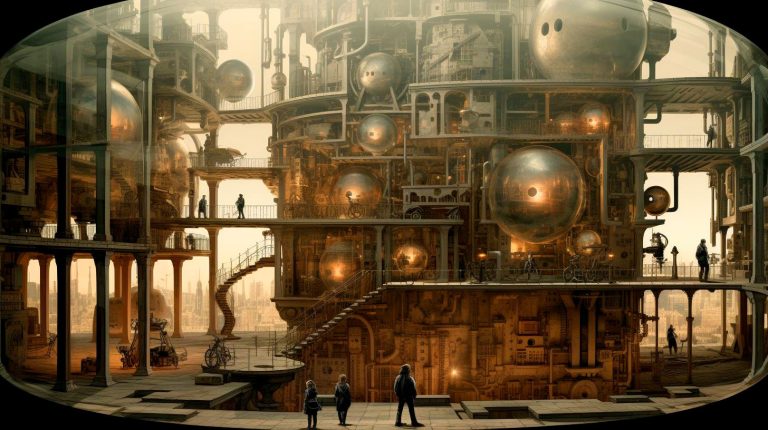




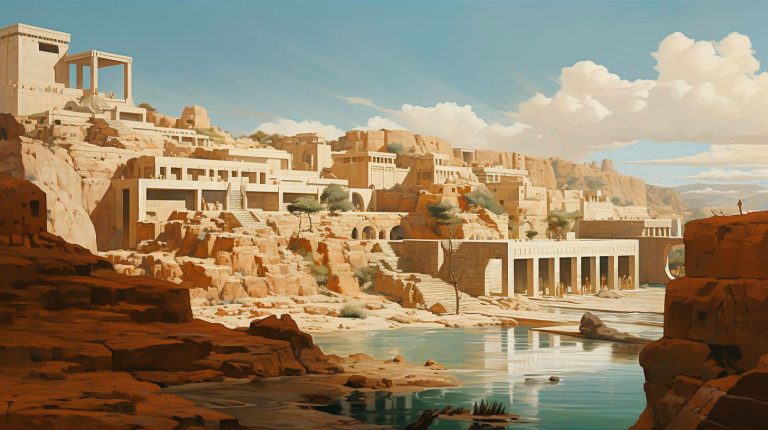
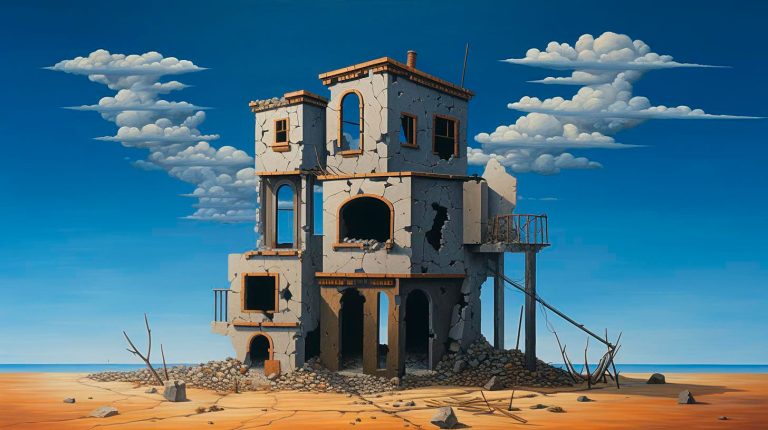








+ There are no comments
Add yours